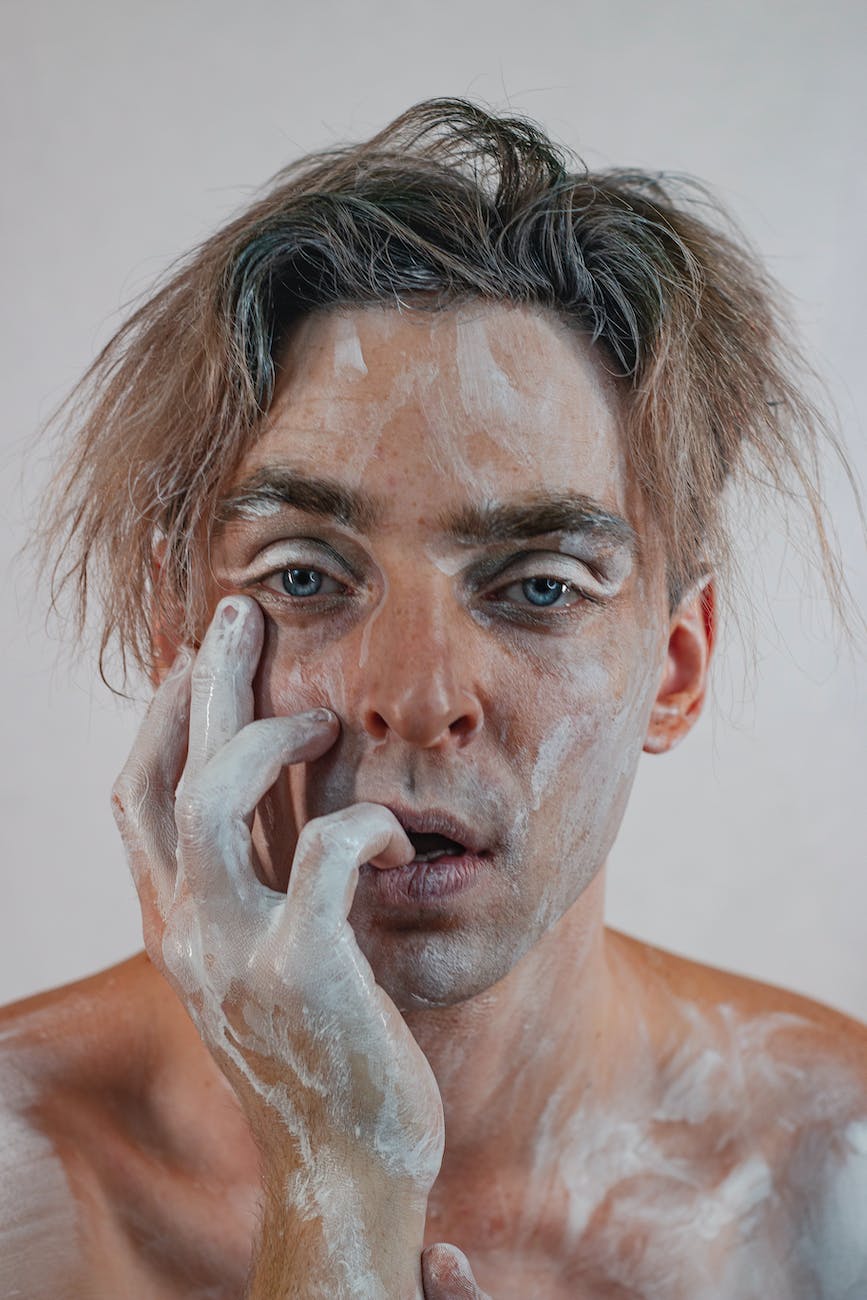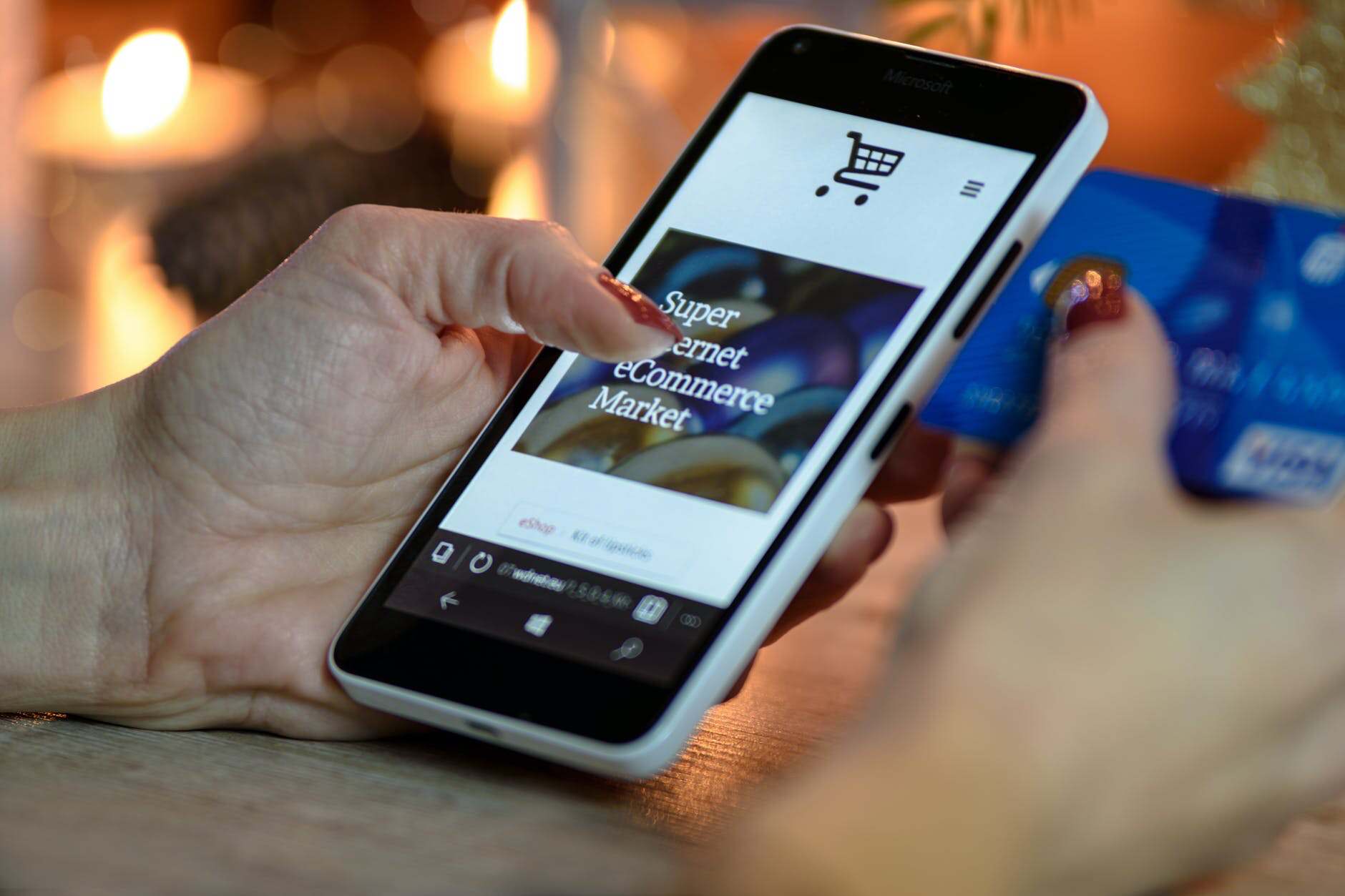Within this and subsequent articles I will be focusing on my passion for evoking creativity and challenging the ways we live our lives within society. We all have an innate ability to create change; however small or large, within our community. It is up to us to harness our abilities and put them into action in fun and creative ways! For me, there is always more that I’m willing to learn and understand. Hopefully you will get some inspiration from the transcriptions of some of the ideas and concepts I have learned and believe up to this point. Some of you may get inspired, some of you may not. Either way, here it is.
Where does creativity come from? Why are some people more creative than others? Doesn’t it seem like we can start out at a young age being talented in certain creative ways and then we seem to lose that spark as we grow older? What is it that makes us veer away from our childhood passions?
Oftentimes, as we age, the jobs we do, the relationships we build, and the social pressures of life continually break down our innate desire to unleash our creativity. We don’t hear about success stories from the people in our lives directly relating to their creativity or their passions. Our parents and our friends have all gone down the same old path to a sustainable job with the security of a paycheck and benefits. We are urged to do the same. When we follow in these footsteps, we tend to lose sight of the passions and excitement that brought us to life. We oftentimes give up on our creative side before it had a chance to prosper. Ultimately, we live the life that “makes sense” rather than the life that breeds excitement and gets us ready to tackle new challenges.
We all started off as children, insatiably hungry for knowledge. The smallest and most minute details of life seemed fascinating! We began to learn about the animals, the trees, and everything new that surrounded us. Through this, we discovered who we truly were at the core. Some of us gravitated to the sciences, some of us loved to make music, and some of us were inspired by the vastness of the ocean. Whatever we were at our core, we became, by taking in the stimuli from world around us. We were fearless and became passionate about the things we loved. Remember being dropped off at friend’s house and learning everything there was to know about metamorphic rocks by the time your parents picked you up? Your creativity was inspired by everything you came into contact with. One day, you would become an architect, a writer, or maybe even sail around the world studying creatures like the next Charles Darwin. The world was there for the taking and all you had to do was follow your feelings and learn everything there was to know about what you loved.
What happened from that point in time until today, was unnatural. We became influenced by outside sources; act this way, believe in this, or don’t do that. Discouragement came from all angles. “Nobody really makes money selling artwork” or the general notion that “People like us never achieve things like that.” For better or for worse, we change. Growing into adulthood, we carry these limiting beliefs with us into our careers and our families. Over time, we become less and less our genuine, authentic, creative, original selves. We adapt to what the world changes us to become. Like a chameleon, we change to our surroundings instead of letting our surroundings change to us. What we should have done was the opposite. Virgil Abloh said it masterfully when he described a crushed can. He said that if you take that crushed can and put it in a garage, it becomes trash. If you take that same crushed can and put it in a white walled studio, it becomes art. We were always meant to become art, we just forgot we had the power to change our surroundings.
Wouldn’t it be something, if we were able to go back to our passions at childhood and develop a career around them? If we take away all the external influences and limiting beliefs that we were taught as we developed through life, that’s exactly where we would find ourselves. Fearless and eager to master whatever our passions may be. Able to enact change into the world, but not just any world, our world. It’s never too late to do just that.
I have a friend who did just that. He was always the most talented drummer in school. The passion had clearly begun from a young age, where his talents had quickly become apparent to everyone who heard him play. The passion was there, the problem, of course, was life. School and work would inevitably draw him into the creative halt. After school, teeming with tenacity and a continued love for performing he decided to join a band and went on to find mild success; filling nights playing at clubs and bars at night and working his day job during the day. At some point in time, he decided that he was going to figure out a way to combine his love for playing with a career that could both fill his life with drumming and provide a living wage. He decided he was going to do in-home drum lessons. Starting off at the student’s house, he was able to bring in a steady $60/hour, 6 hours a day, 5 days a week while still being able to perform with the band. Coupling his passion for drumming and the creativity to innovate on how to make a career out of doing what he loved, he created a thriving business. Now he has a host of teachers that operate under his business’s umbrella.
The key is to take some time and really think back to that inner core. Who were you, exactly, when you were a child? For me, I was always the kid that loved making everyone happy. I got joy from pushing my brother around in the big wheel car. I didn’t mind not riding in it because I knew how happy he was when he was in the driver’s seat. Today, I come up with creative ways to showcase events, display handmade creations, offer unique vintage treasures, and inspire my team to work creatively. All of which, in turn, inspires me to do more.
The problem that we all face when evoking this notion is that we wonder how we’re possibly going to make a living doing the thing that we once were passionate about. The truth is, there is always a way that we can incorporate our passions into our careers and make a living. In fact, those that do, are rarely miserable, and those that do it authentically, are never without. Throwing away the social stigmas of failure and actively focusing our creative energy is, in fact, what makes us happy.
Success is garnished through the process of building, not the end result. I hope this has inspired you to create.
-Ian Drake, Diversity Consignment































